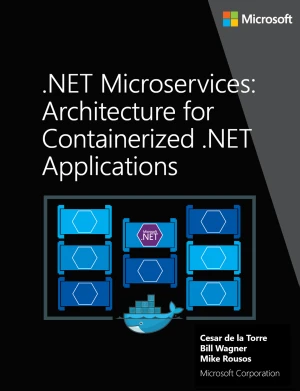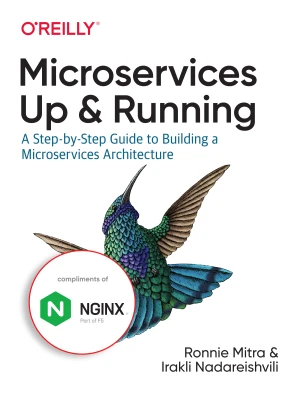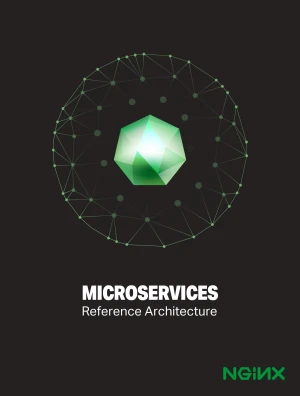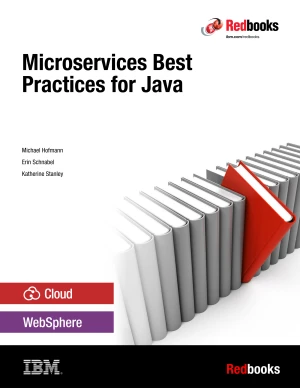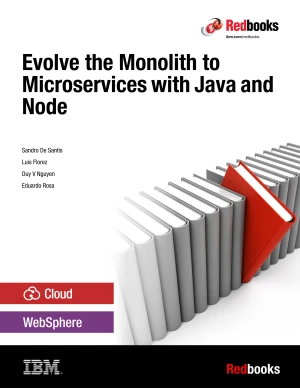Microservices vs. Service-Oriented Architecture
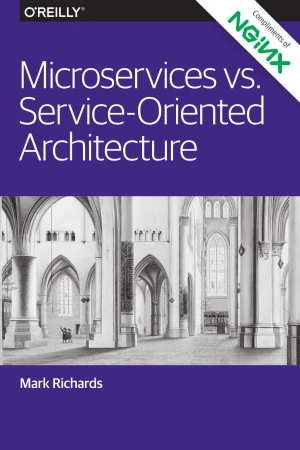
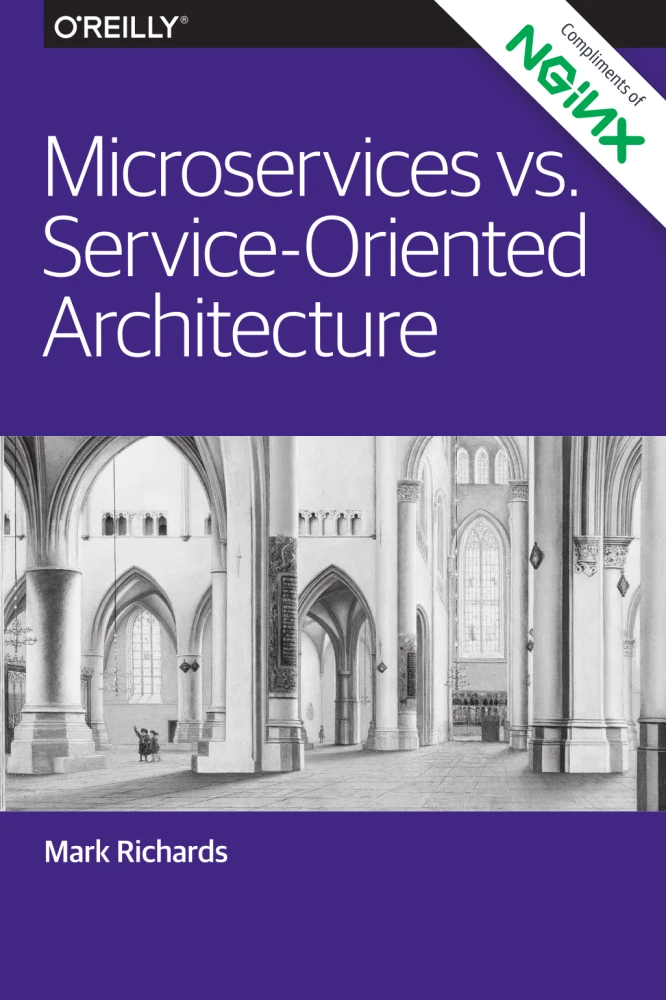
Book Details
| Author | Mark Richards |
| Publisher | O'Reilly Media |
| Published | 2016 |
| Edition | 1st |
| Paperback | 55 pages |
| Language | English |
| ISBN-13 | 9781491975657, 9781491941607 |
| ISBN-10 | 1491975652, 149194160X |
| License | Compliments of Nginx |
Book Description
Right now, the microservices architecture pattern is a rising star in the IT industry. For many, these small, highly decoupled services are a welcome alternative to the big, expensive, complicated Service-Oriented Architecture (SOA) style that came to prominence a decade ago. But just how different are microservices from SOA?
In this report, Mark Richards, an expert in enterprise architectures and distributed systems, walks you through a detailed comparison of microservices and SOA. By learning the core differences between the two with regard to architecture style and characteristics, service characteristics, and capability, you'll be able to make an informed choice when determining which is best for your particular situation.
- Explore service contracts, availability, security, and transactions inherent in service-based architectures
- Compare microservices and SOA architecture characteristics such as taxonomy, ownership and coordination, and granularity
- Learn the differences in architecture capabilities, including application scope, heterogeneous interoperability, and contract decoupling
This book is published as open-access, which means it is freely available to read, download, and share without restrictions.
If you enjoyed the book and would like to support the author, you can purchase a printed copy (hardcover or paperback) from official retailers.
Download and Read Links
Share this Book
[localhost]# find . -name "*Similar_Books*"
.NET Microservices
This guide is an introduction to developing microservices-based applications and managing them using containers. It discusses architectural design and implementation approaches using .NET Core and Docker containers. To make it easier to get started with containers and microservices, the guide focuses on a reference containerized and microservice-ba
Microservices: Up and Running
Microservices architectures offer faster change speeds, better scalability, and cleaner, evolvable system designs. But implementing your first microservices architecture is difficult. How do you make myriad choices, educate your team on all the technical details, and navigate the organization to a successful execution to maximize your chance of suc
Microservices: Reference Architecture
The move to microservices is described as a seismic shift in web application development and delivery. The authors at NGINX explain that, because they believe this shift is crucial to their customers' success, they have launched a dedicated program to develop NGINX software features and development practices in support of microservices. They also r
Architecture Patterns with Python
As Python continues to grow in popularity, projects are becoming larger and more complex. Many Python developers are taking an interest in high-level software design patterns such as hexagonal/clean architecture, event-driven architecture, and the strategic patterns prescribed by domain-driven design (DDD). But translating those patterns into Pytho
Microservices Best Practices for Java
Microservices is an architectural style in which large, complex software applications are composed of one or more smaller services. Each of these microservices focuses on completing one task that represents a small business capability. These microservices can be developed in any programming language. This book covers Microservices best practices fo
Evolve the Monolith to Microservices with Java and Node
Microservices is an architectural style in which large, complex software applications are composed of one or more smaller services. Each of these microservices focuses on completing one task that represents a small business capability. These microservices can be developed in any programming language. This IBM Redbooks publication shows how to break

